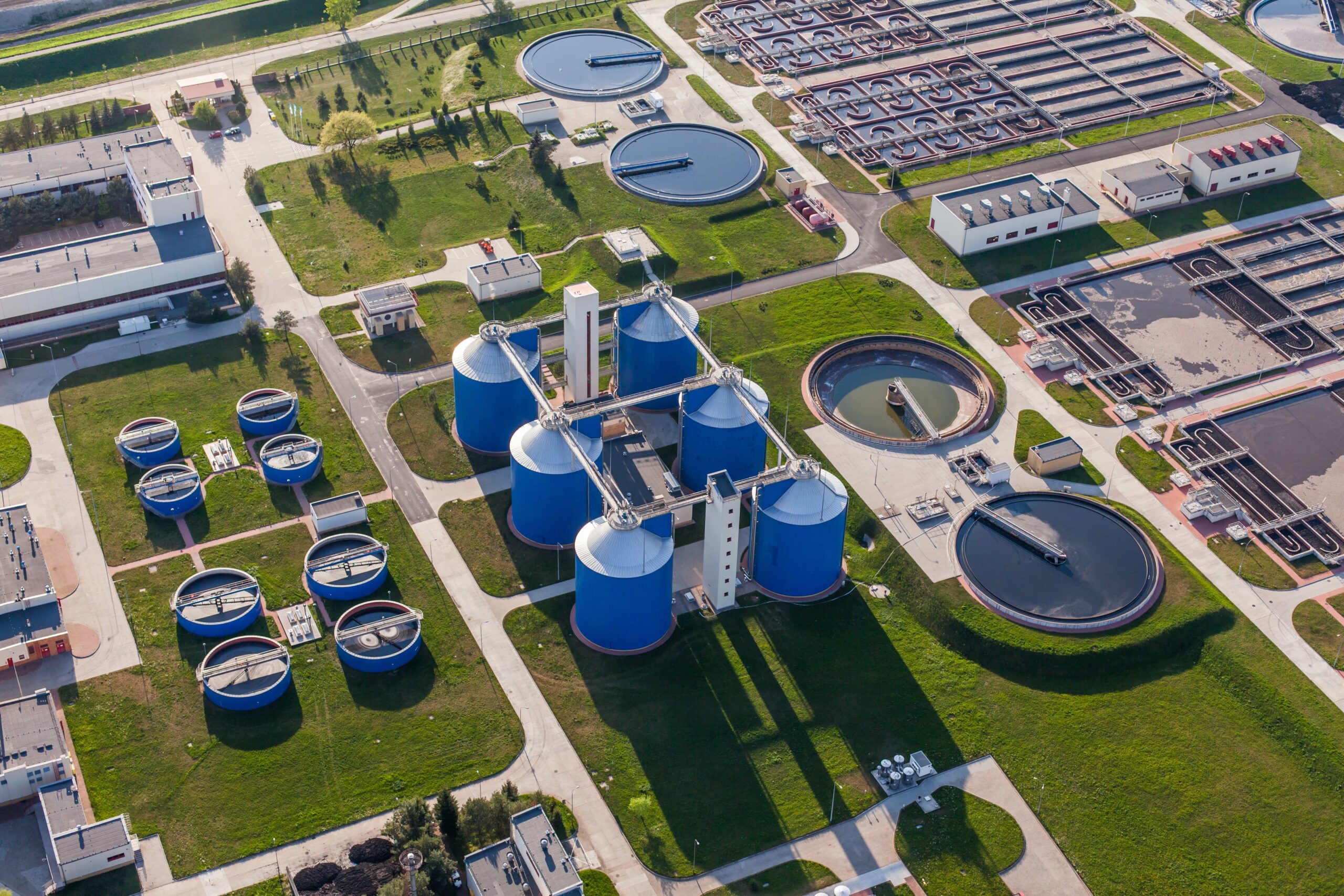Industrial facilities are complex environments where machinery, processes, and personnel must operate in harmony to achieve efficiency, safety, and reliability. Over time, systems can become outdated, workflows may need optimization, and infrastructure may require reinforcement. Strategic upgrades and evaluations are essential to maintaining performance, reducing operational risk, and ensuring compliance with evolving safety standards. Facilities that invest in proactive assessments and improvements protect their personnel, assets, and long-term operational capabilities.
Why Industrial Facility Upgrades Are Critical
Upgrades are not merely maintenance; they are a structured approach to sustaining operational excellence. Industrial systems are subject to wear, changes in production demand, and evolving regulatory requirements. Without targeted upgrades, facilities face increased risk of equipment failure, unplanned downtime, or compliance violations.
Regular evaluations and upgrades allow facility operators to:
- Maintain continuous and reliable operations.
- Reduce exposure to hazards for employees and contractors.
- Enhance efficiency by streamlining processes and integrating modern technologies.
- Ensure compliance with safety, environmental, and operational standards.
By approaching upgrades strategically, companies protect both operational performance and long-term investment.
Key Components of Effective Facility Upgrades
Successful industrial upgrades require expertise across multiple engineering disciplines. Coordinated cross-disciplinary efforts reduce risk and ensure upgrades are executed correctly the first time. Core areas include:
- Process Engineering – Optimizing workflows and integrating upgrades without disrupting ongoing operations. This ensures productivity remains high while improvements are implemented.
- Mechanical Engineering – Maintaining the reliability of machinery, piping, and equipment under updated conditions. Upgrades in this area strengthen operational integrity and longevity.
- Electrical and Instrumentation – Implementing controls, monitoring systems, and interlocks to maintain process stability and support safe operation.
- Civil and Structural Engineering – Reinforcing physical infrastructure to accommodate modifications safely and efficiently, including structural support for new equipment or layouts.
- Safety and Compliance Integration – Conducting hazard analyses, interlock procedures, and risk mitigation strategies throughout the upgrade process. This ensures upgrades meet both regulatory standards and internal safety expectations.
Each of these areas contributes to a holistic approach, combining technical rigor with practical execution to maximize reliability and minimize risk.
Coordinating Upgrades Across Multiple Projects
Industrial facilities often manage upgrades across multiple sites simultaneously. Coordinating these efforts requires standardized evaluation methods, careful scheduling, and integrated project management. A systematic approach allows teams to:
- Conduct thorough facility evaluations, such as front-end engineering (FEL 0) assessments and process safety management interlock reviews.
- Prioritize upgrades to minimize operational downtime while addressing the most critical needs first.
- Maintain consistency and regulatory compliance across multiple facilities and projects.
By aligning engineering expertise with structured planning, operators can implement upgrades efficiently while maintaining operational continuity.
Real-World Example: Wastewater System Improvement Project
The Wastewater System Improvement project demonstrates the value of structured upgrades. The initiative provided additional wastewater storage capacity while allowing for the removal of an existing tank during a critical operational outage. Careful sequencing ensured that operations were not disrupted.
High-resolution laser scanning technology reduced the need for repeated site visits, improved the accuracy of preliminary designs, and streamlined the transition into detailed engineering. The project highlights how proactive planning, cross-disciplinary collaboration, and technology integration allow industrial facilities to complete upgrades safely and efficiently while maintaining reliability and meeting industry standards.
The Impact of Structured Upgrades
Industrial upgrades are investments in resilience. By combining rigorous evaluations with cross-disciplinary engineering expertise, facilities reduce operational risk, improve safety, and enhance overall performance. Systematic upgrades ensure that facilities operate reliably, protect personnel and assets, and remain prepared for evolving production demands and regulatory expectations.
Facilities that adopt this approach create a sustainable foundation for ongoing operations, demonstrating that strategic planning and expert execution are essential to long-term industrial success.

